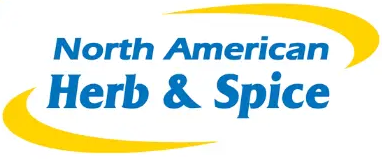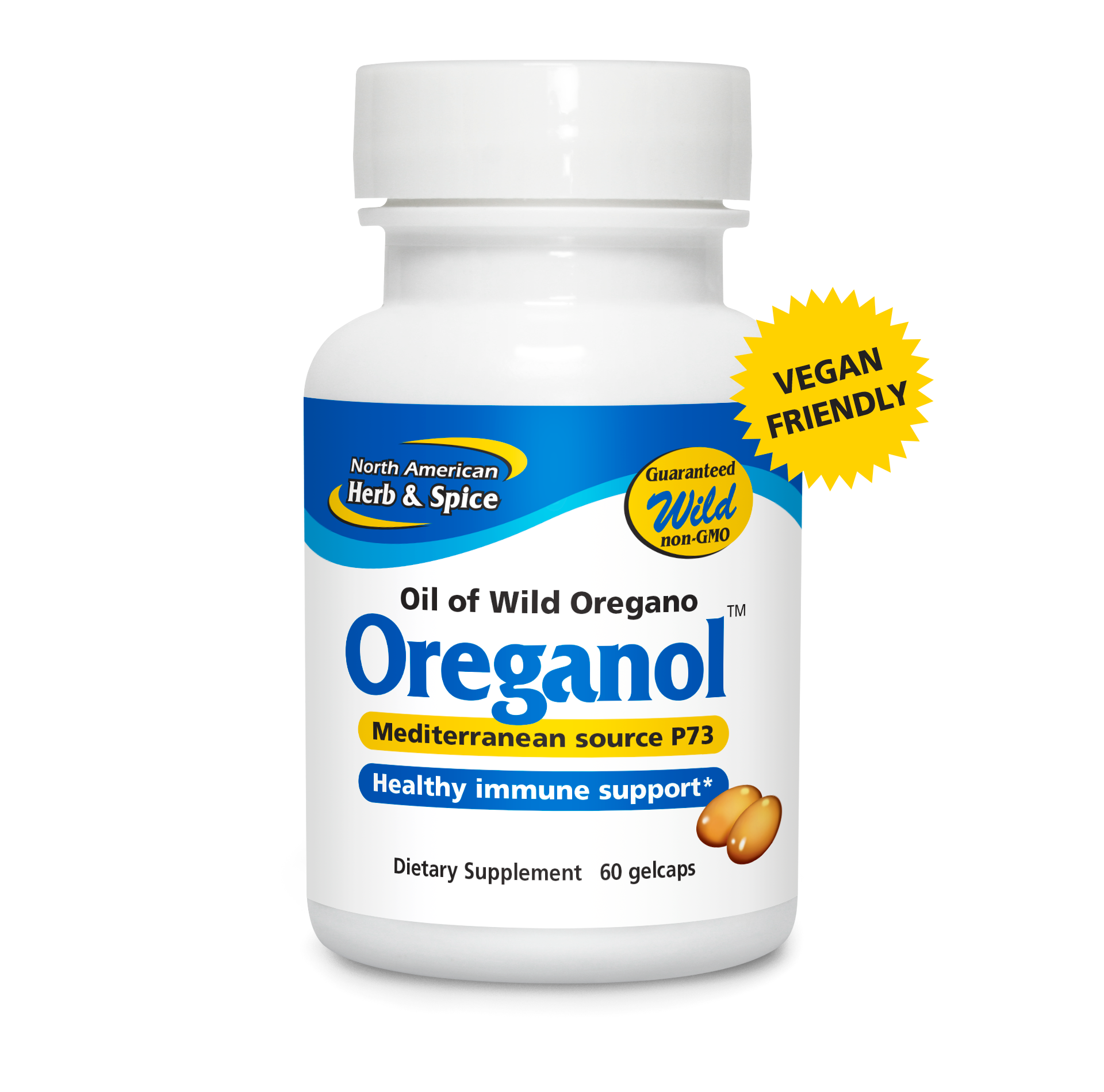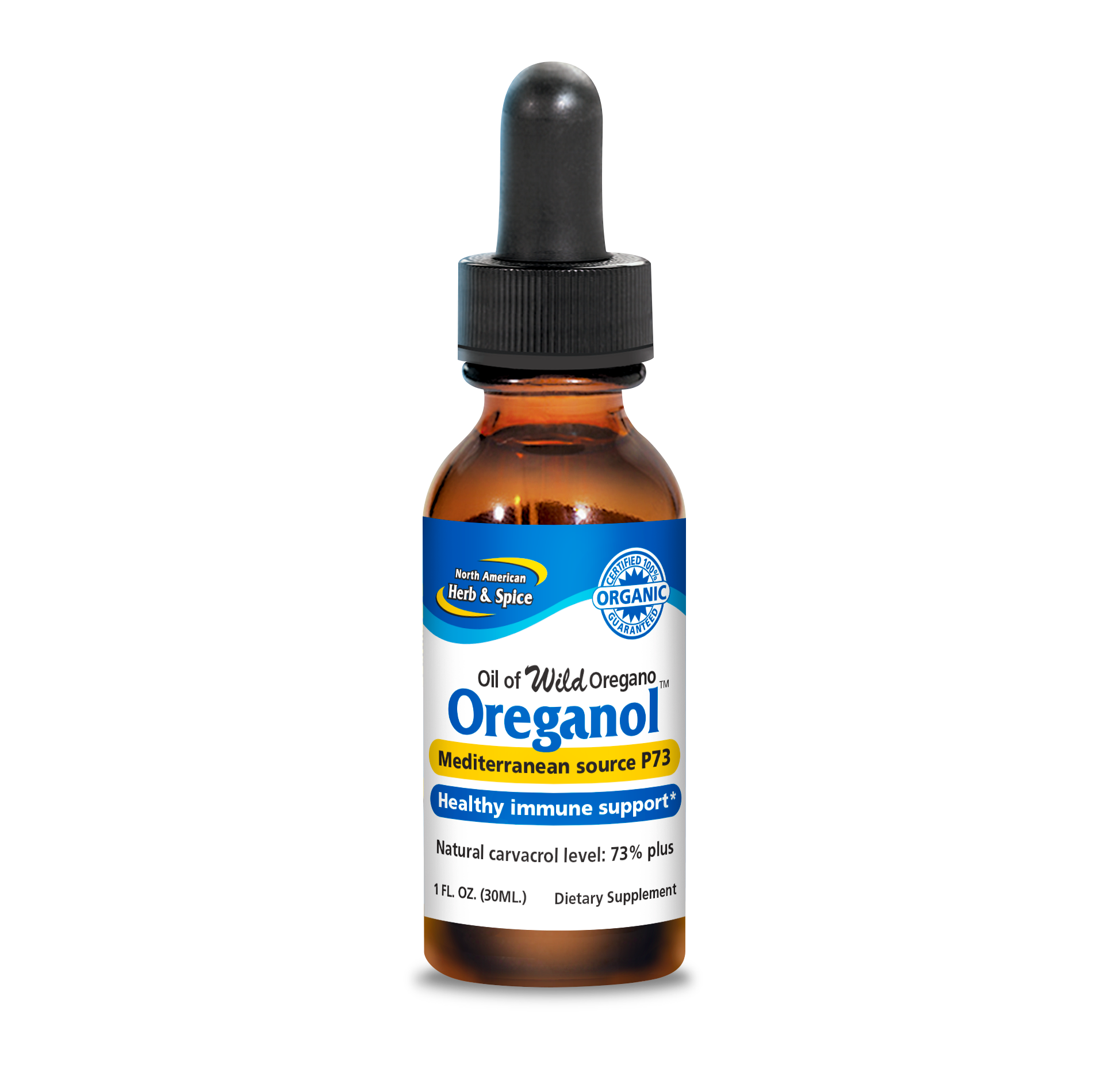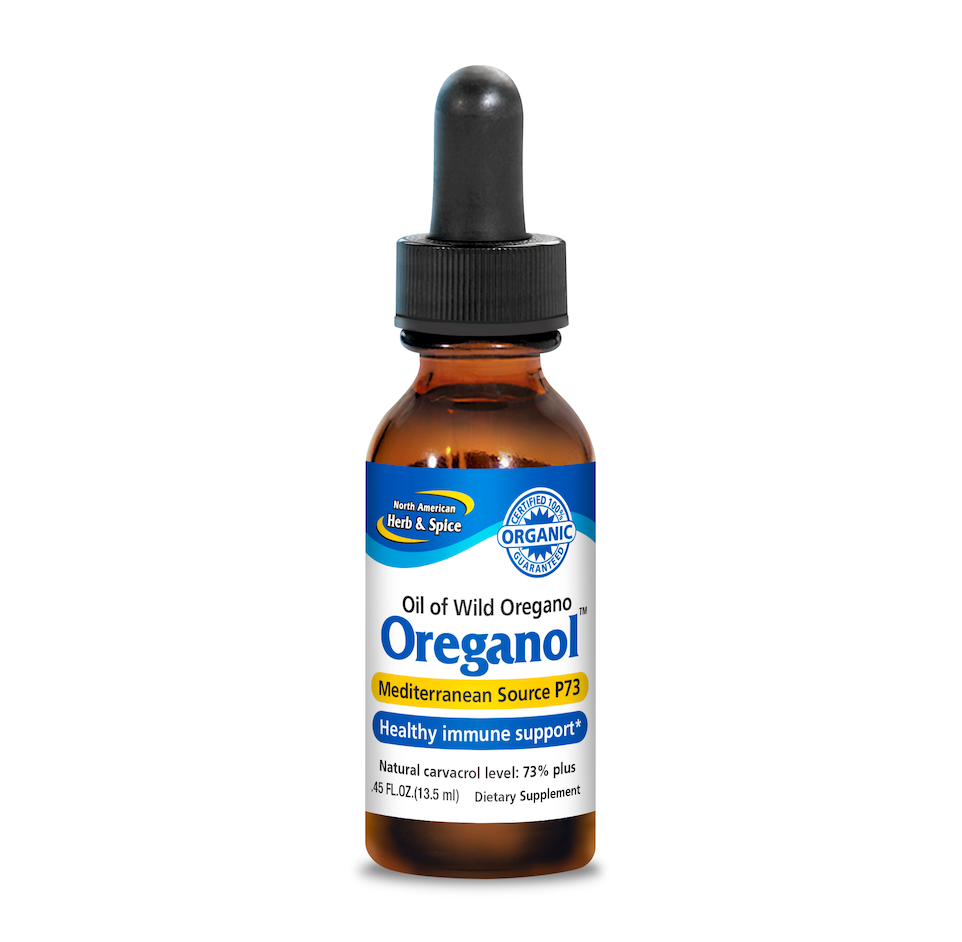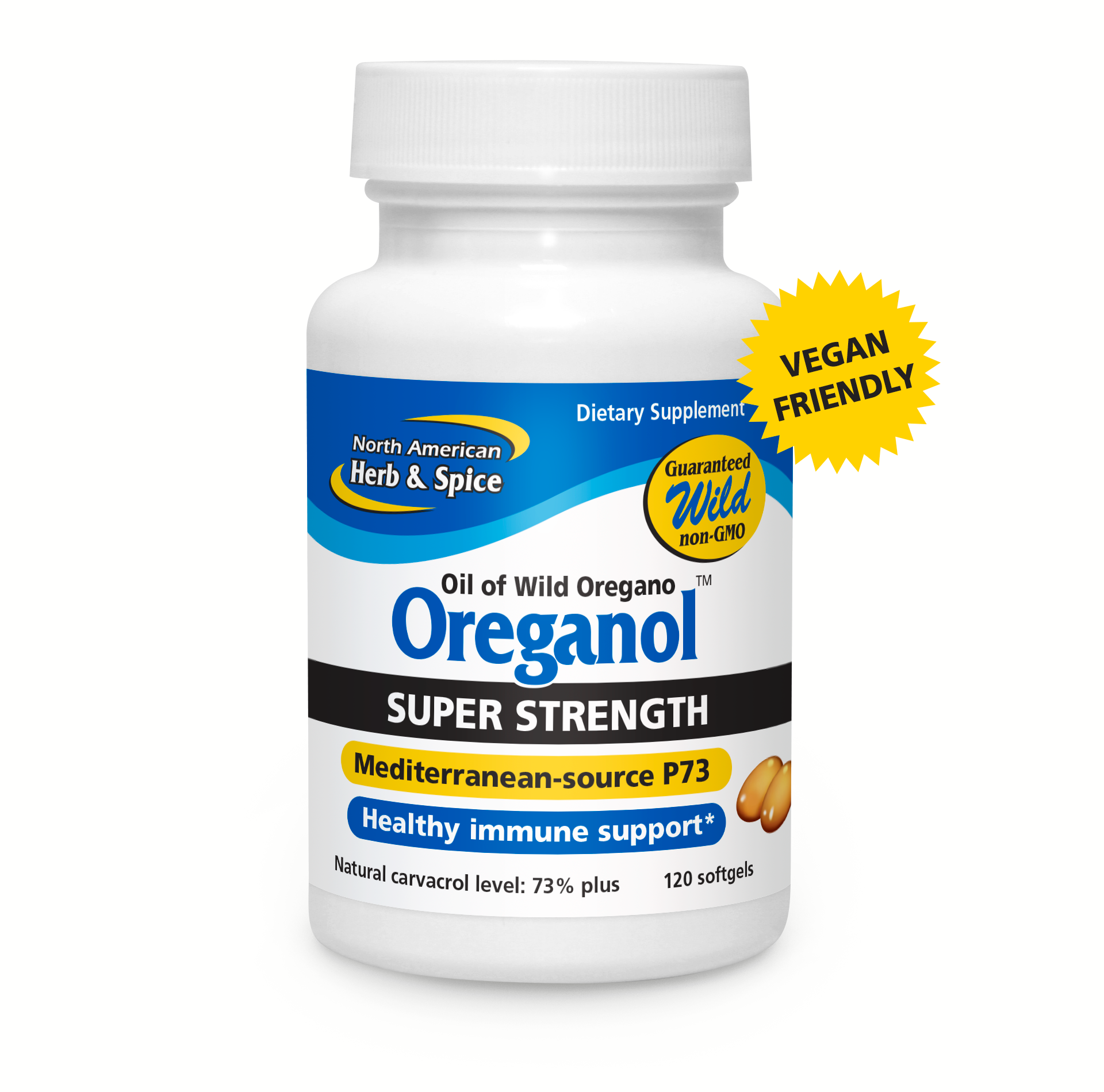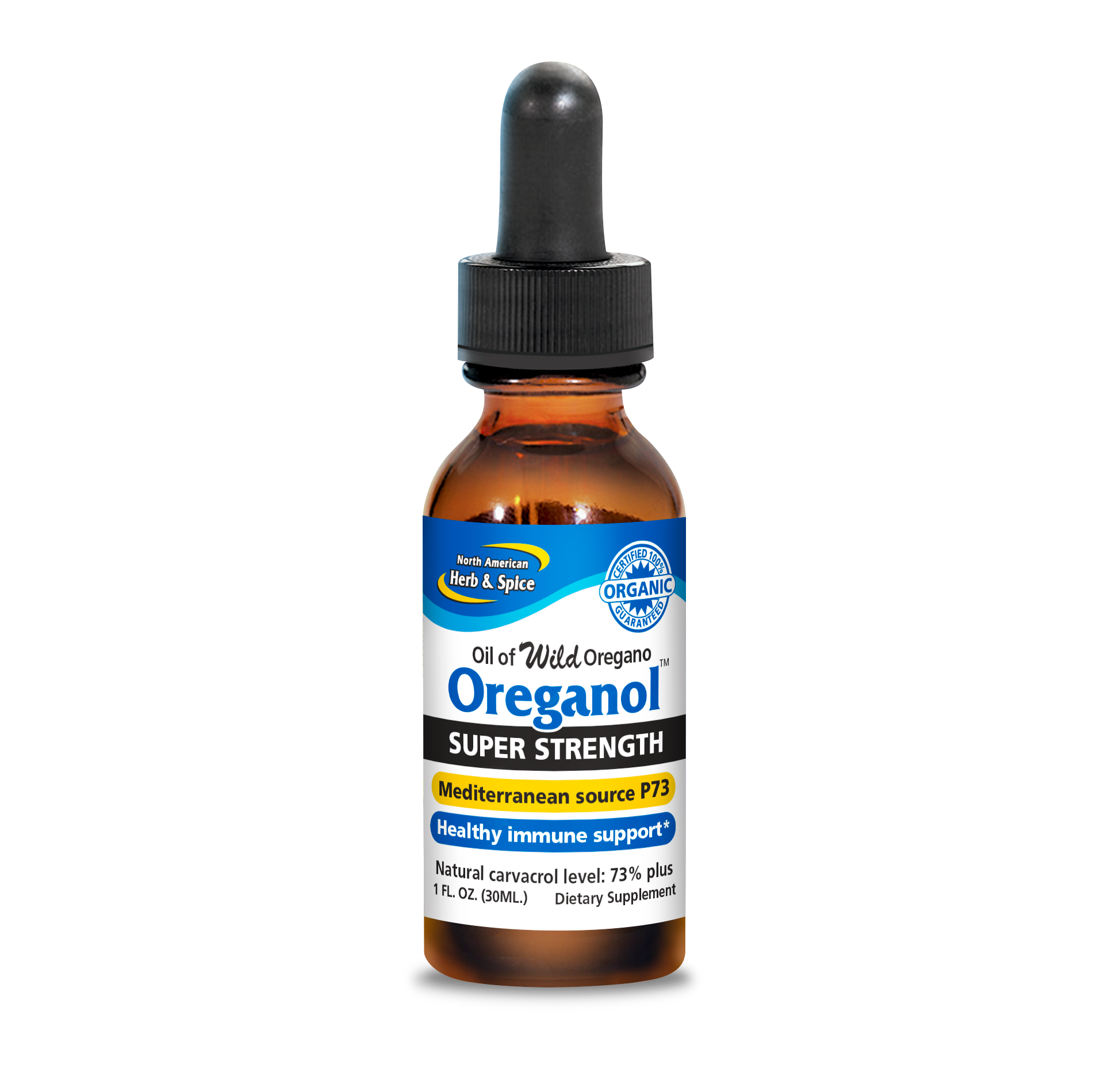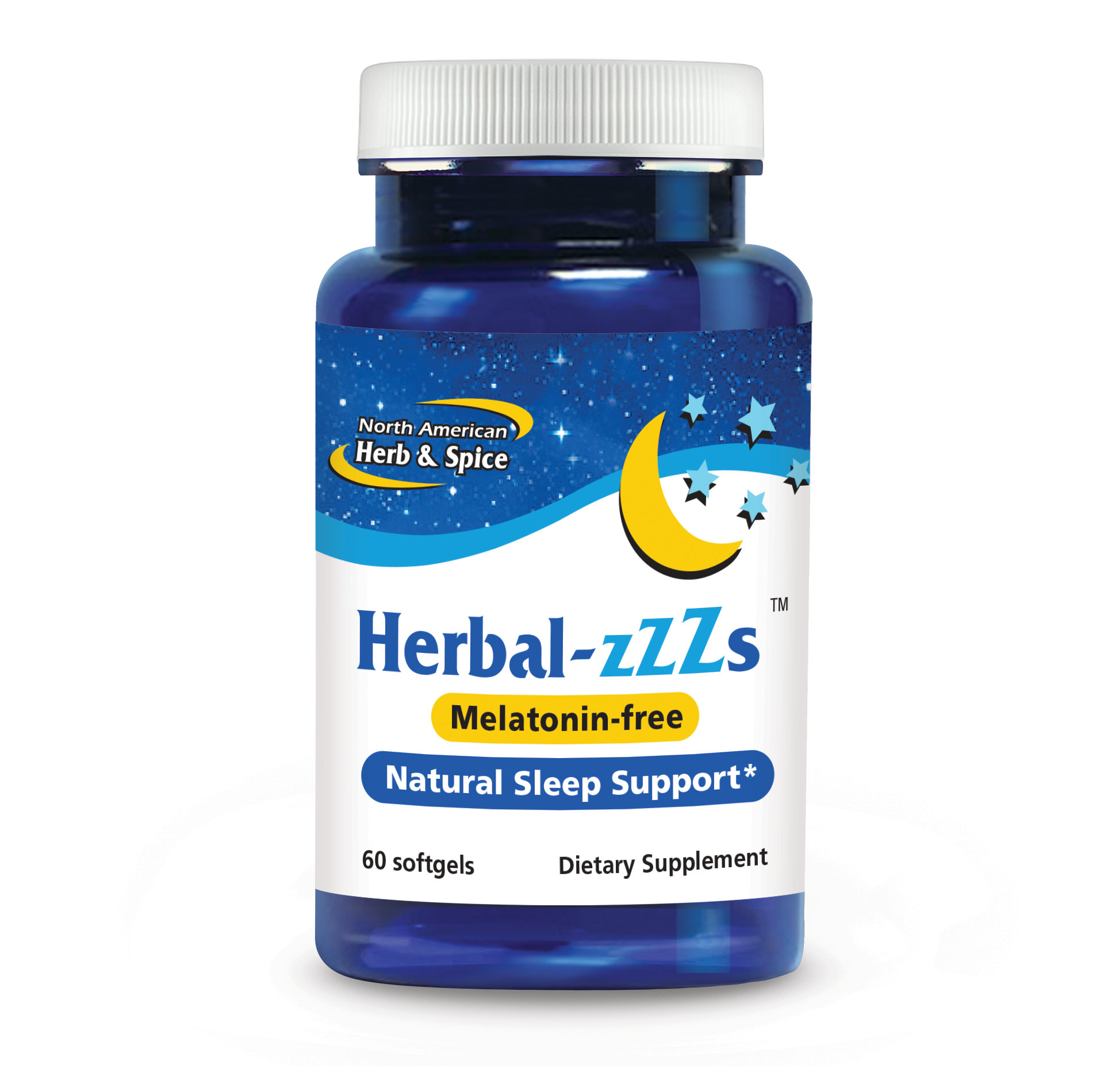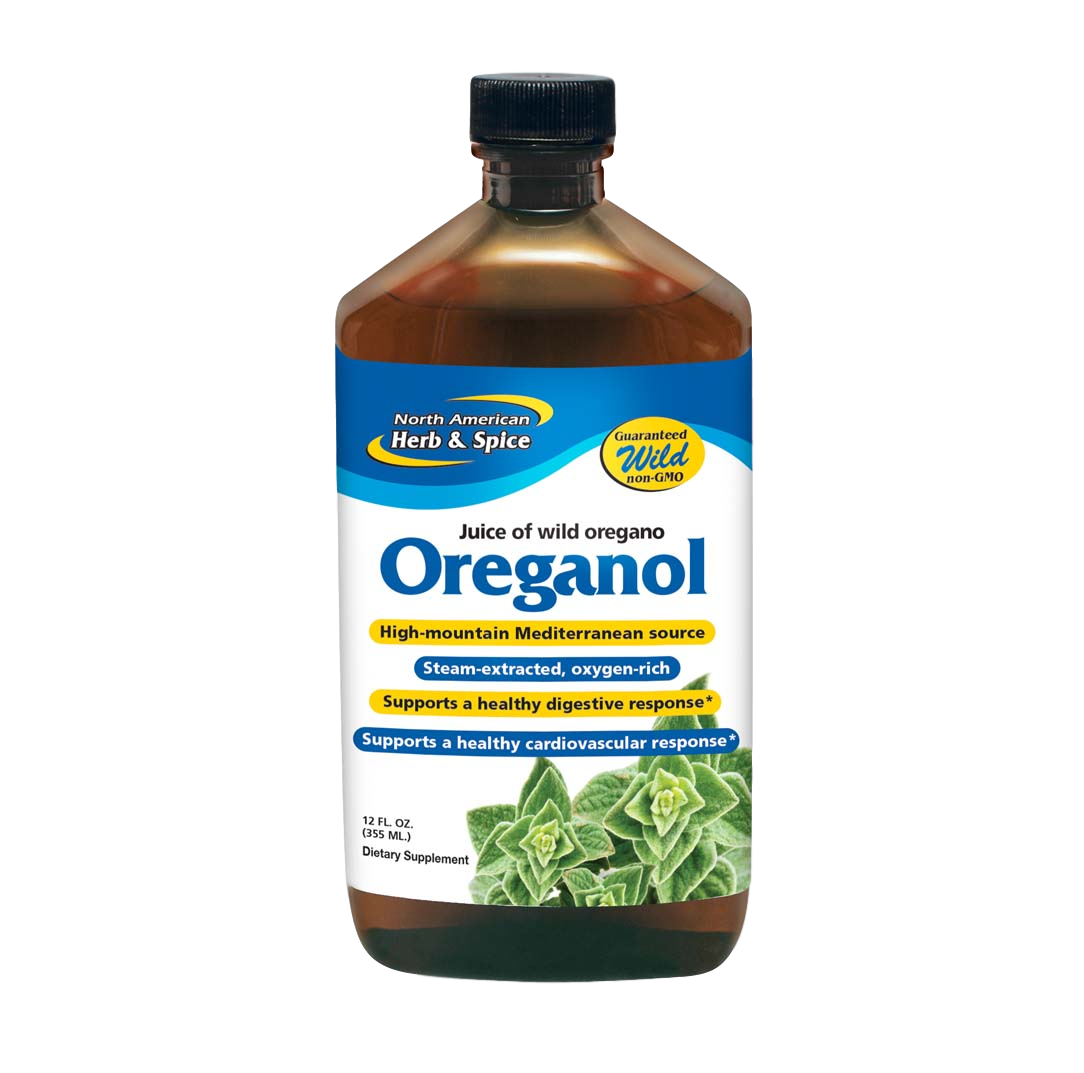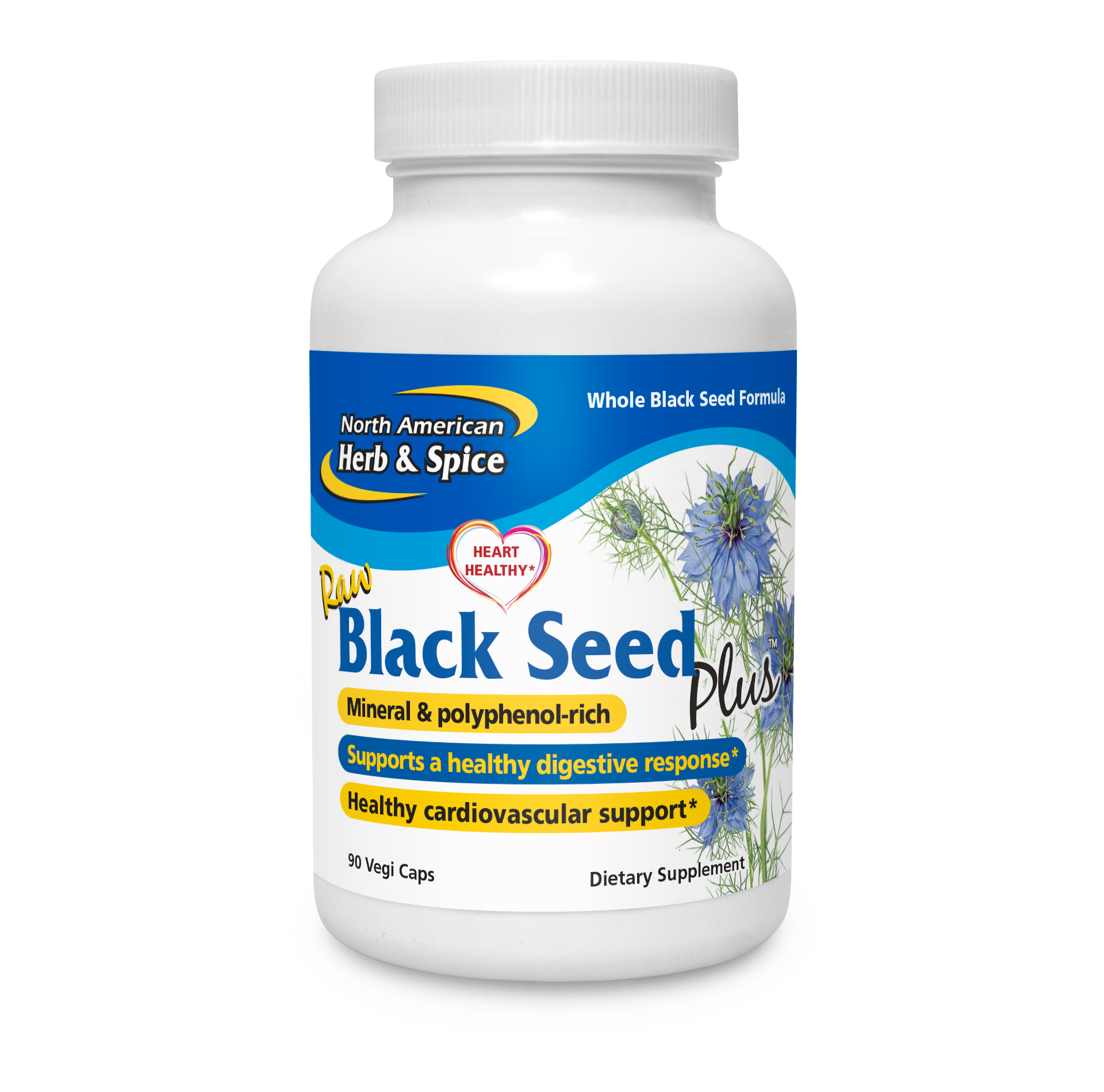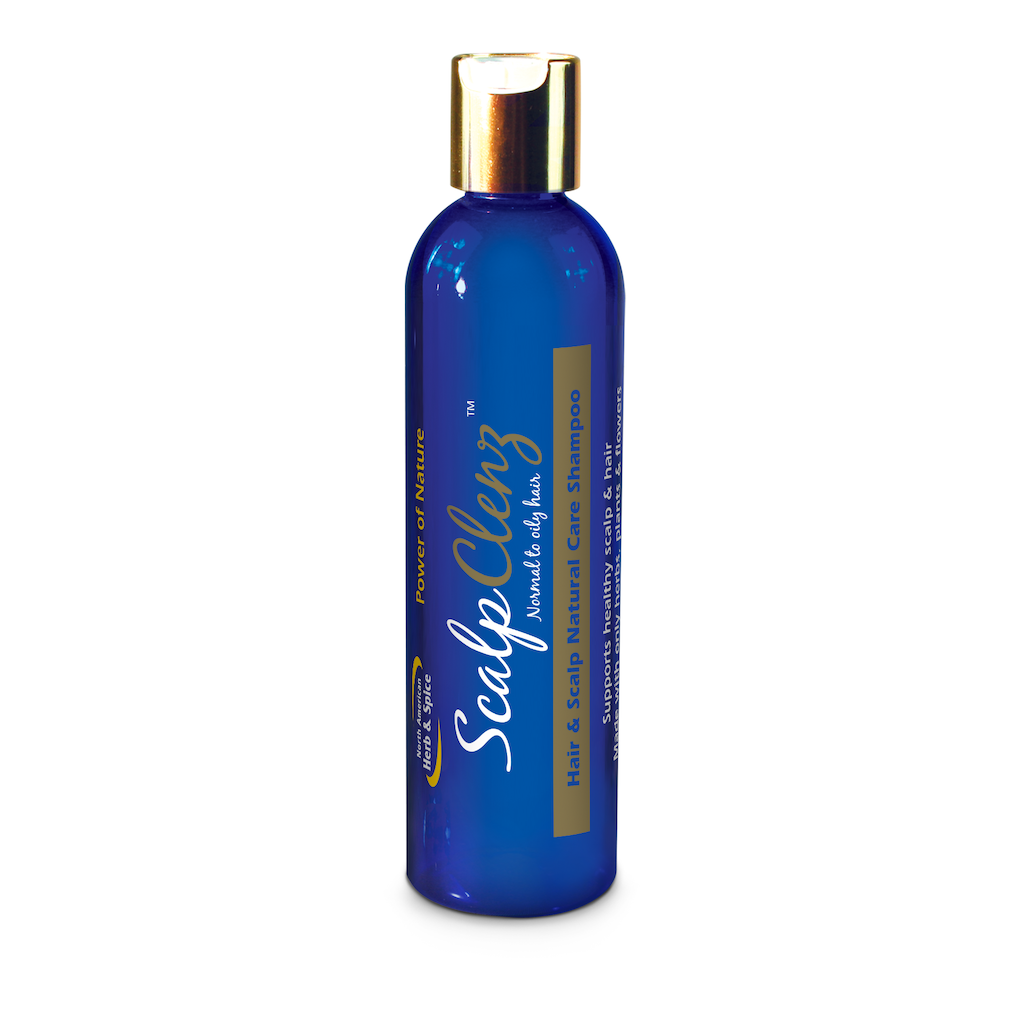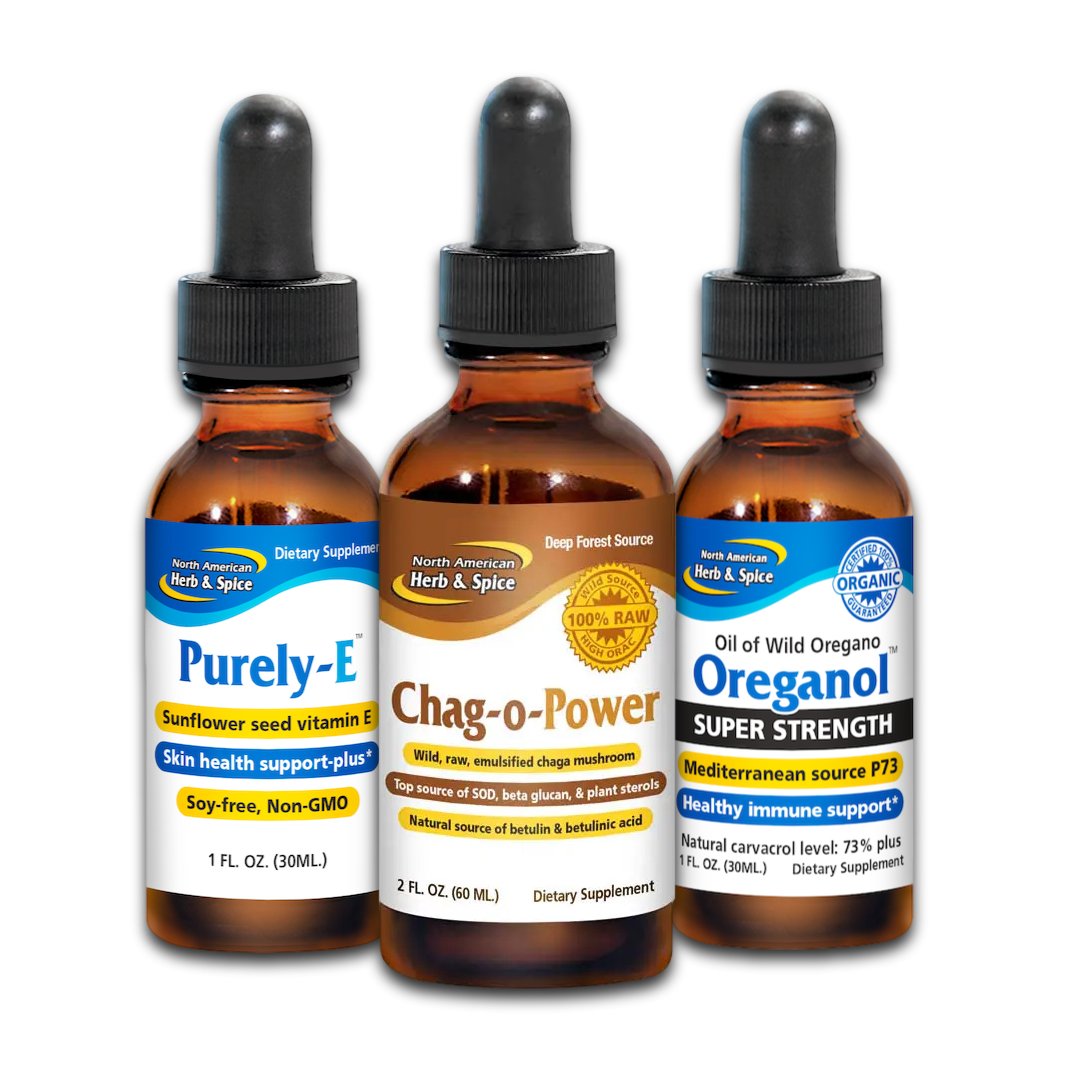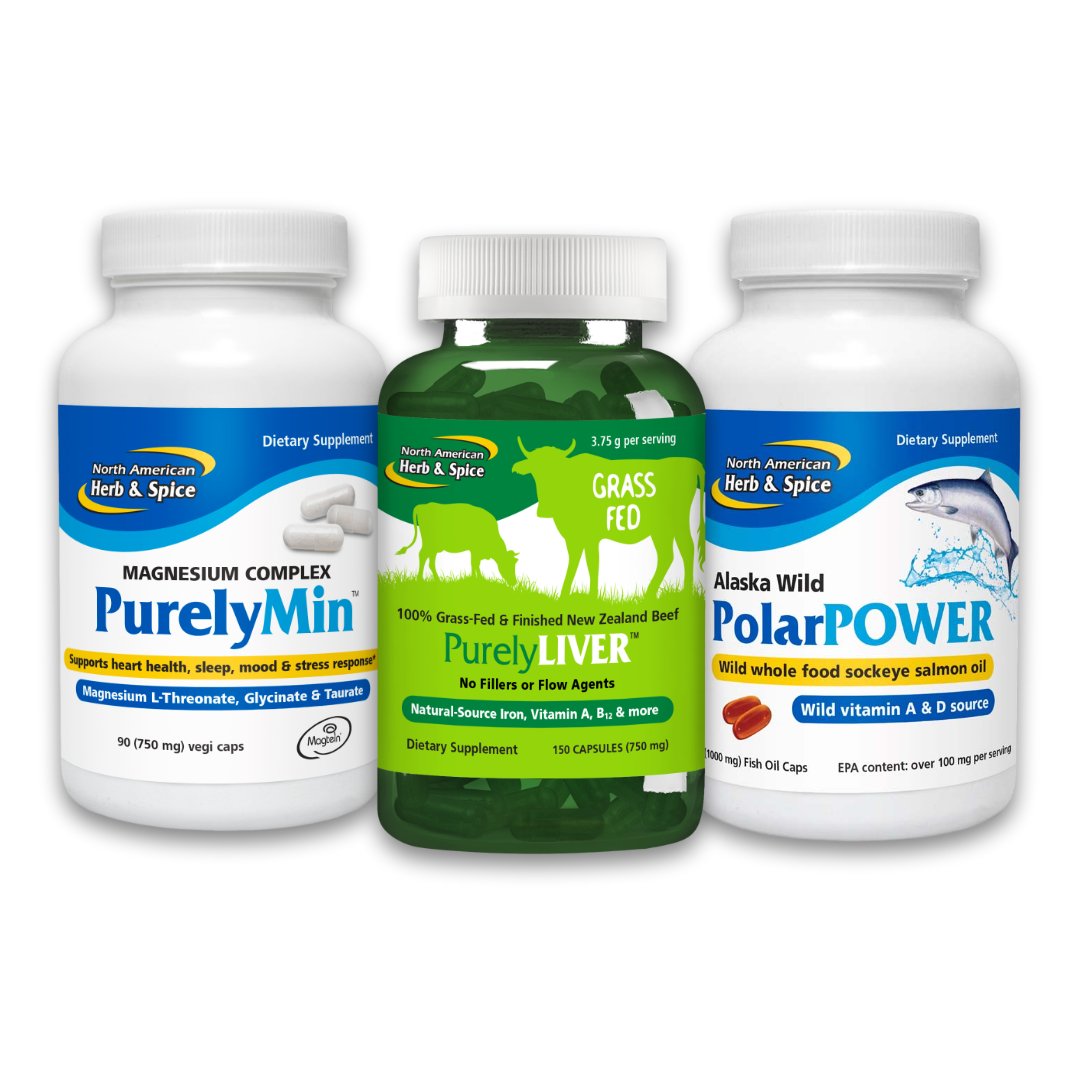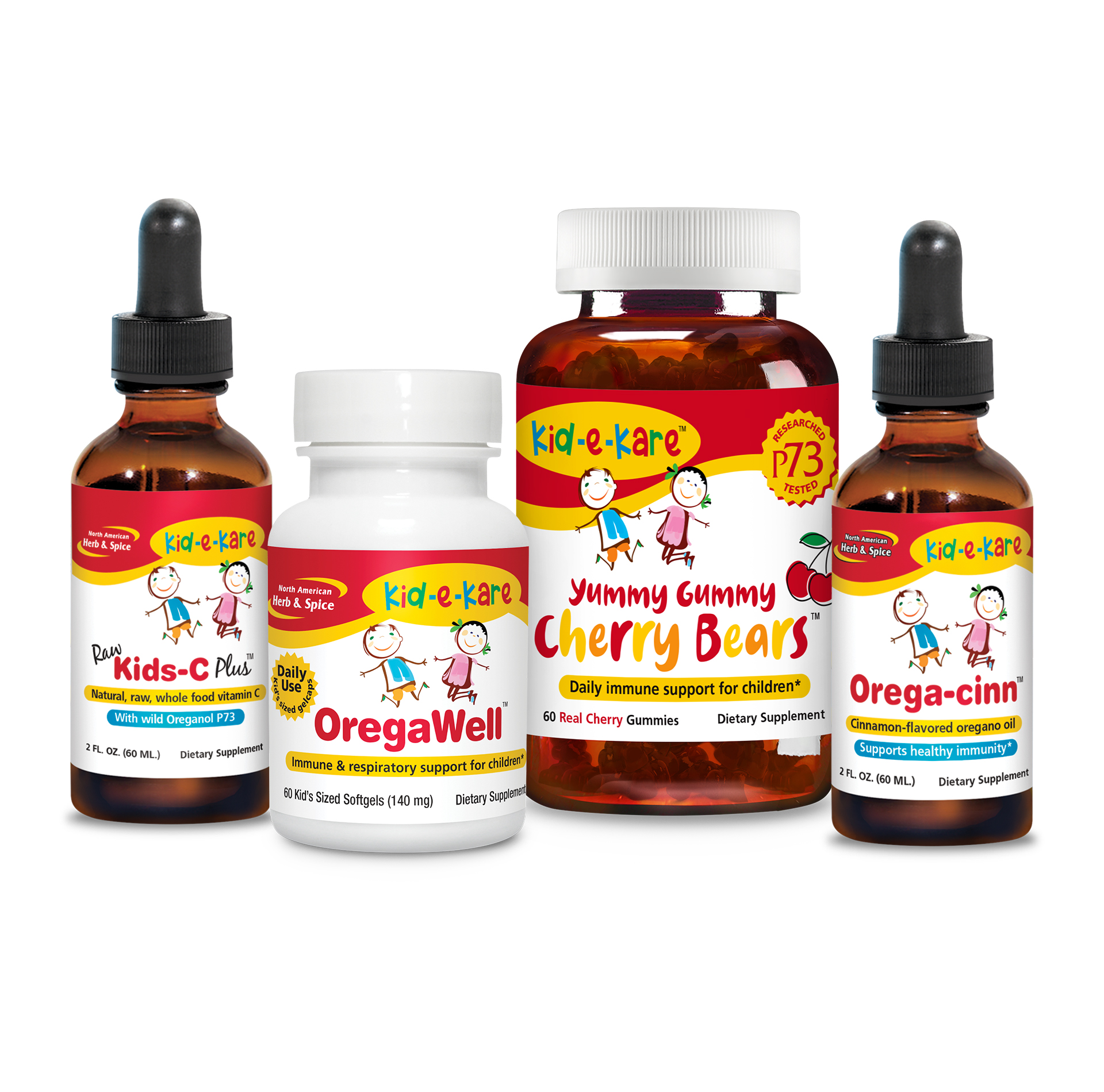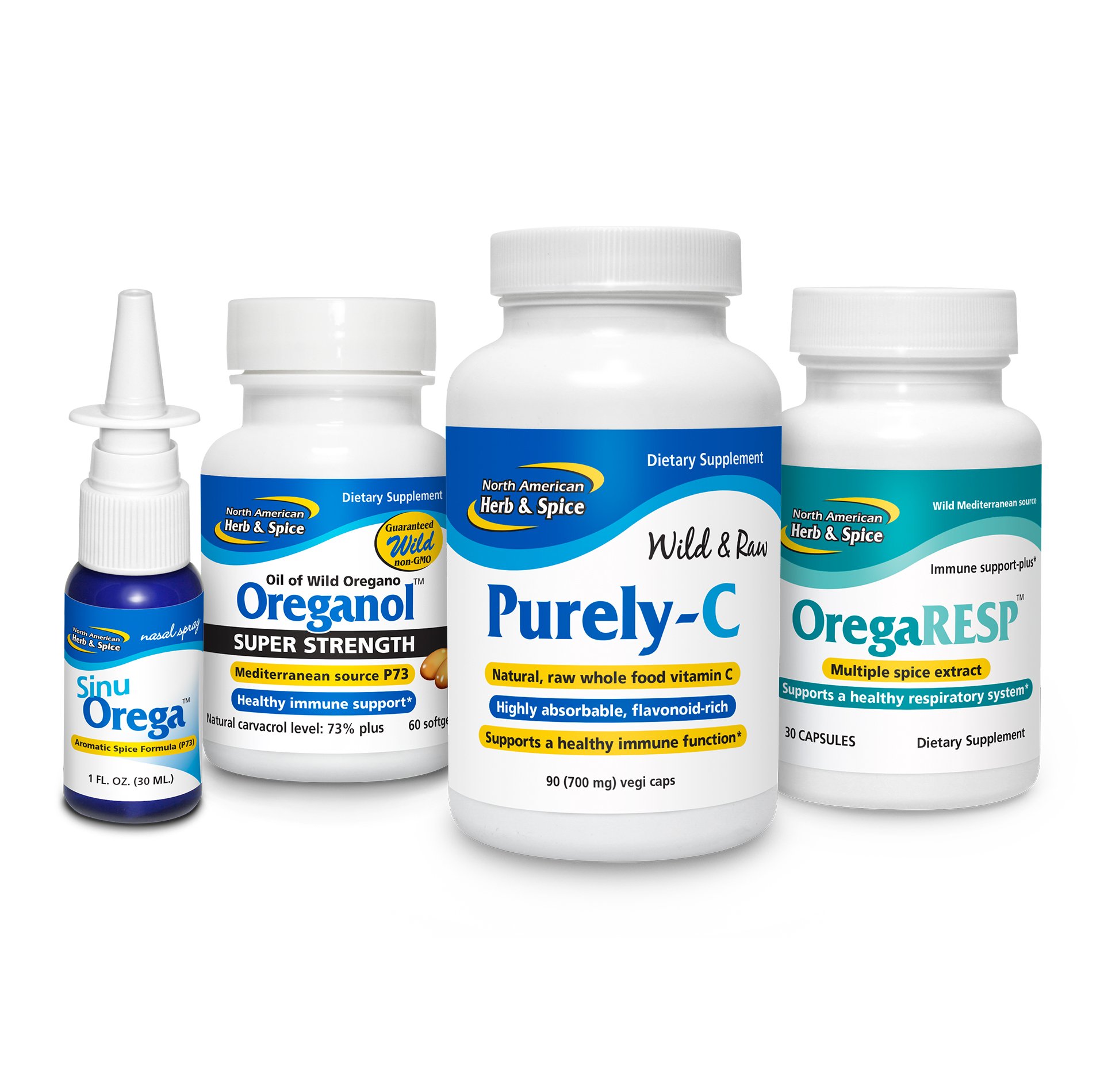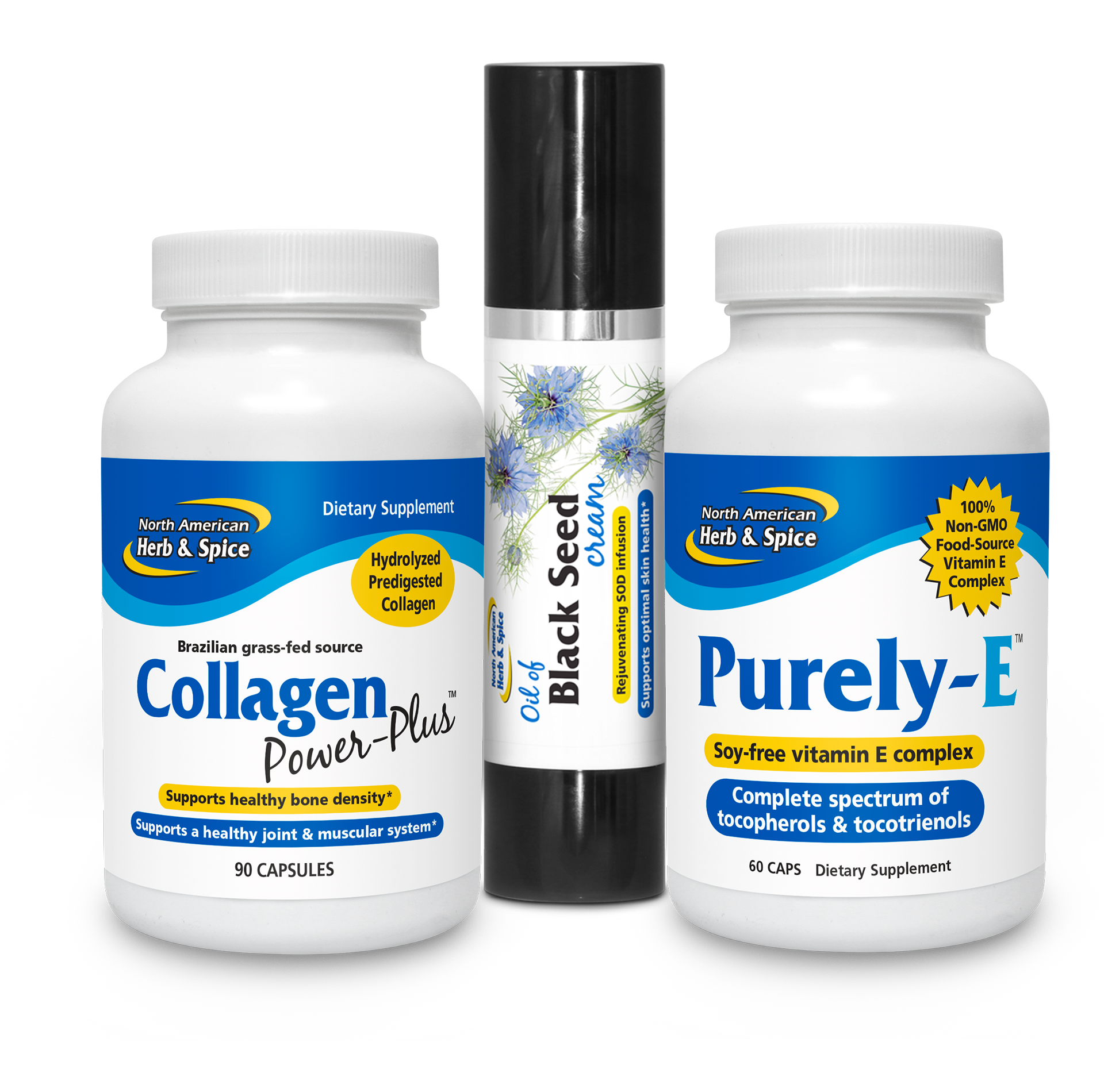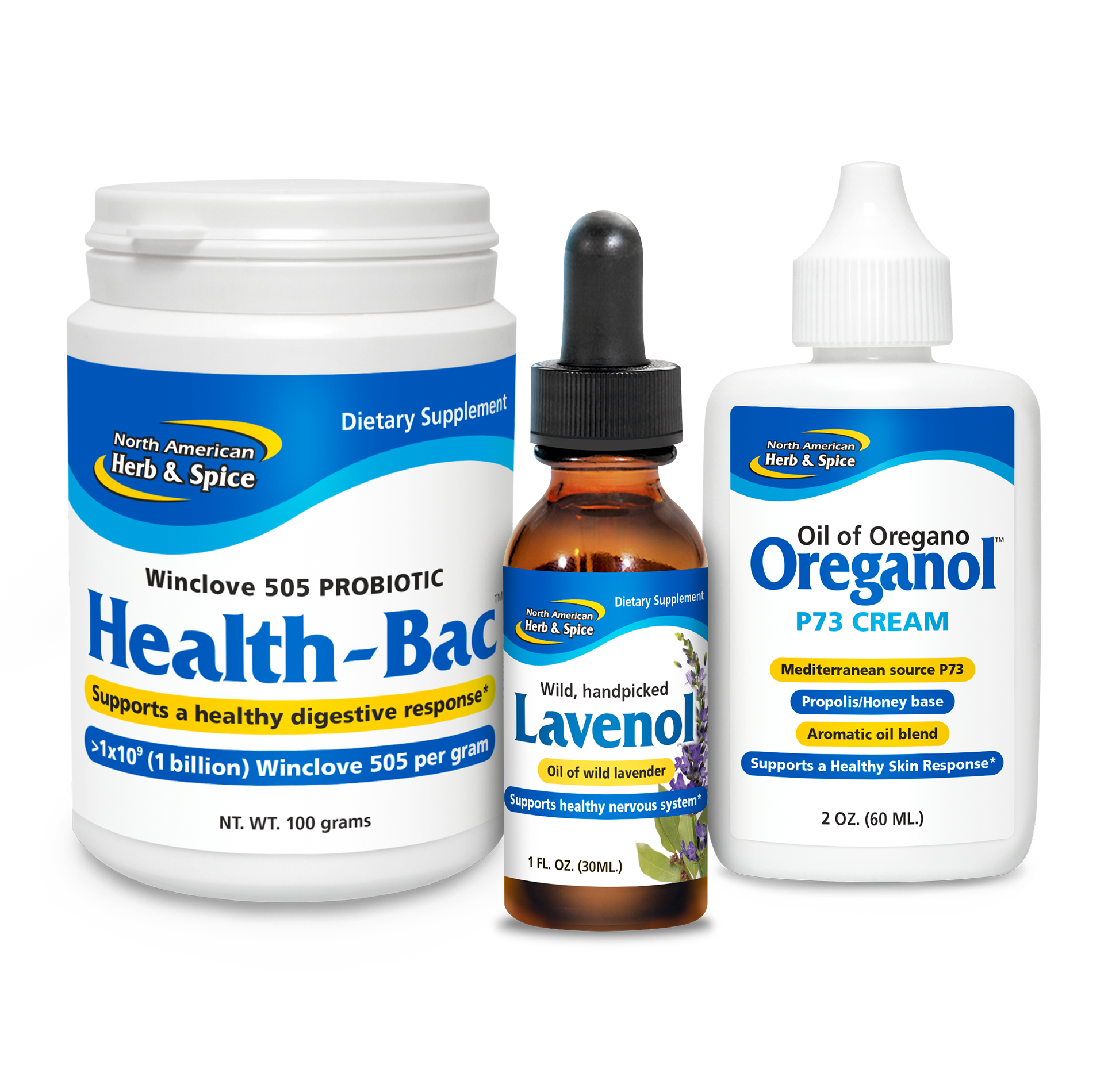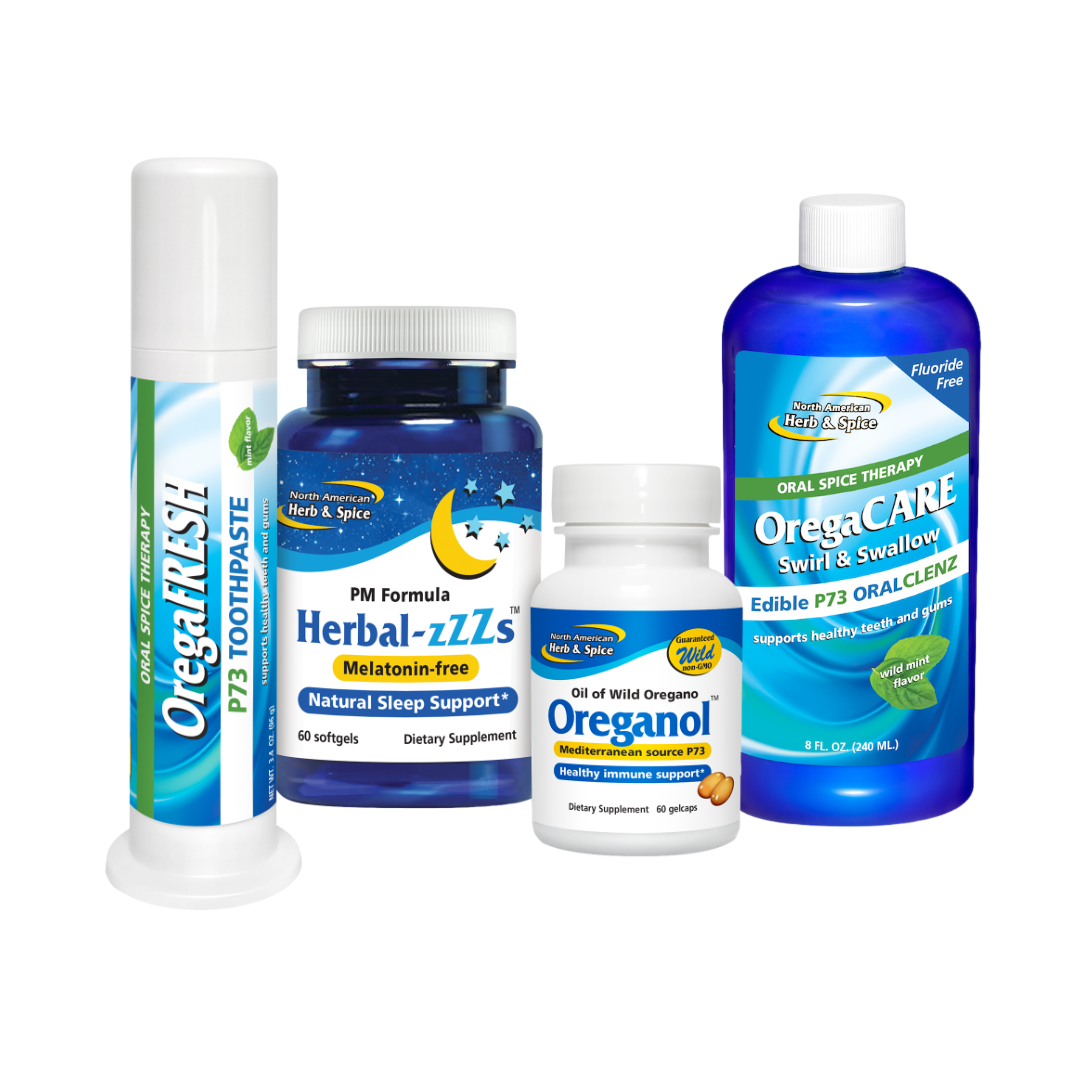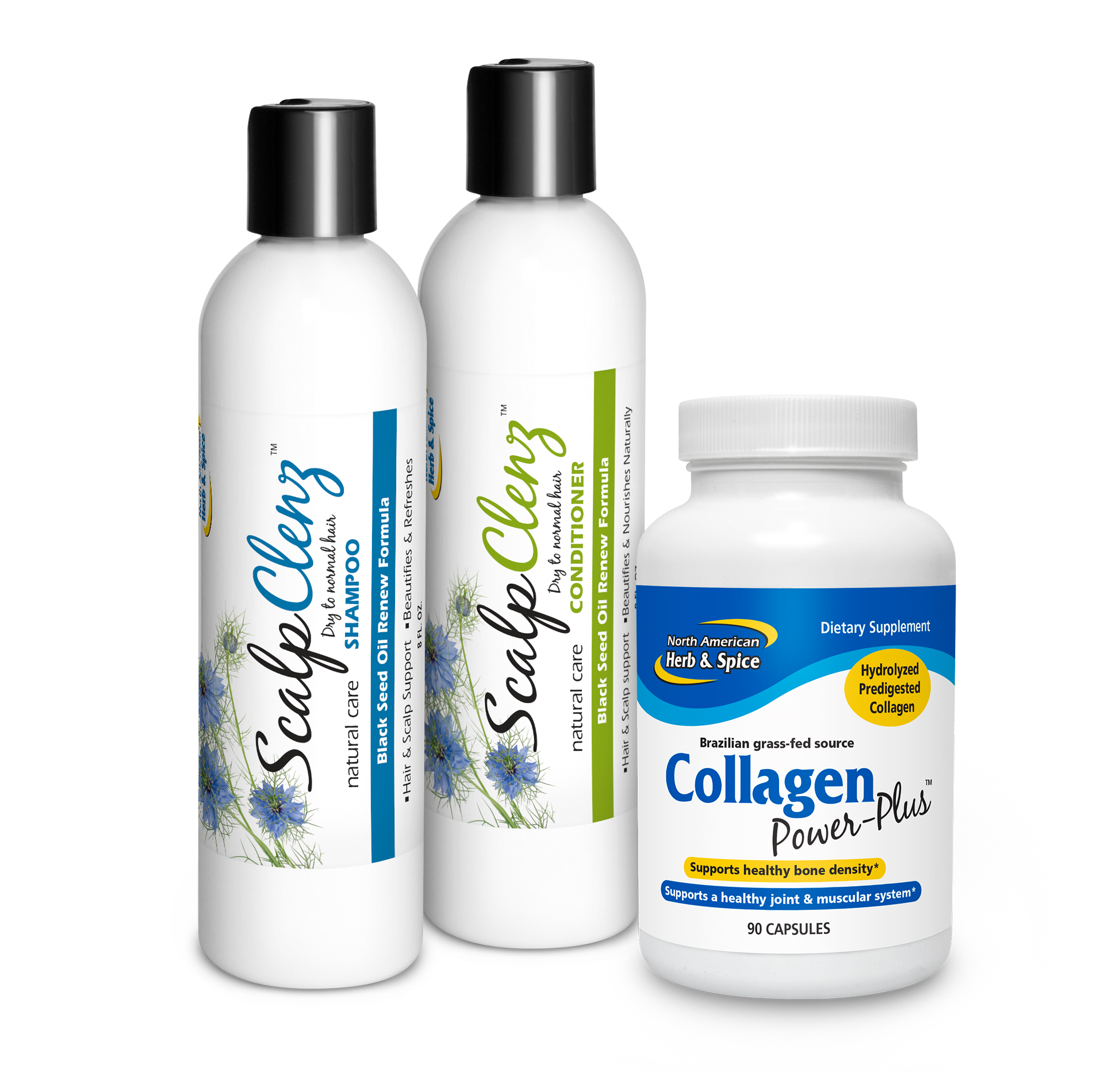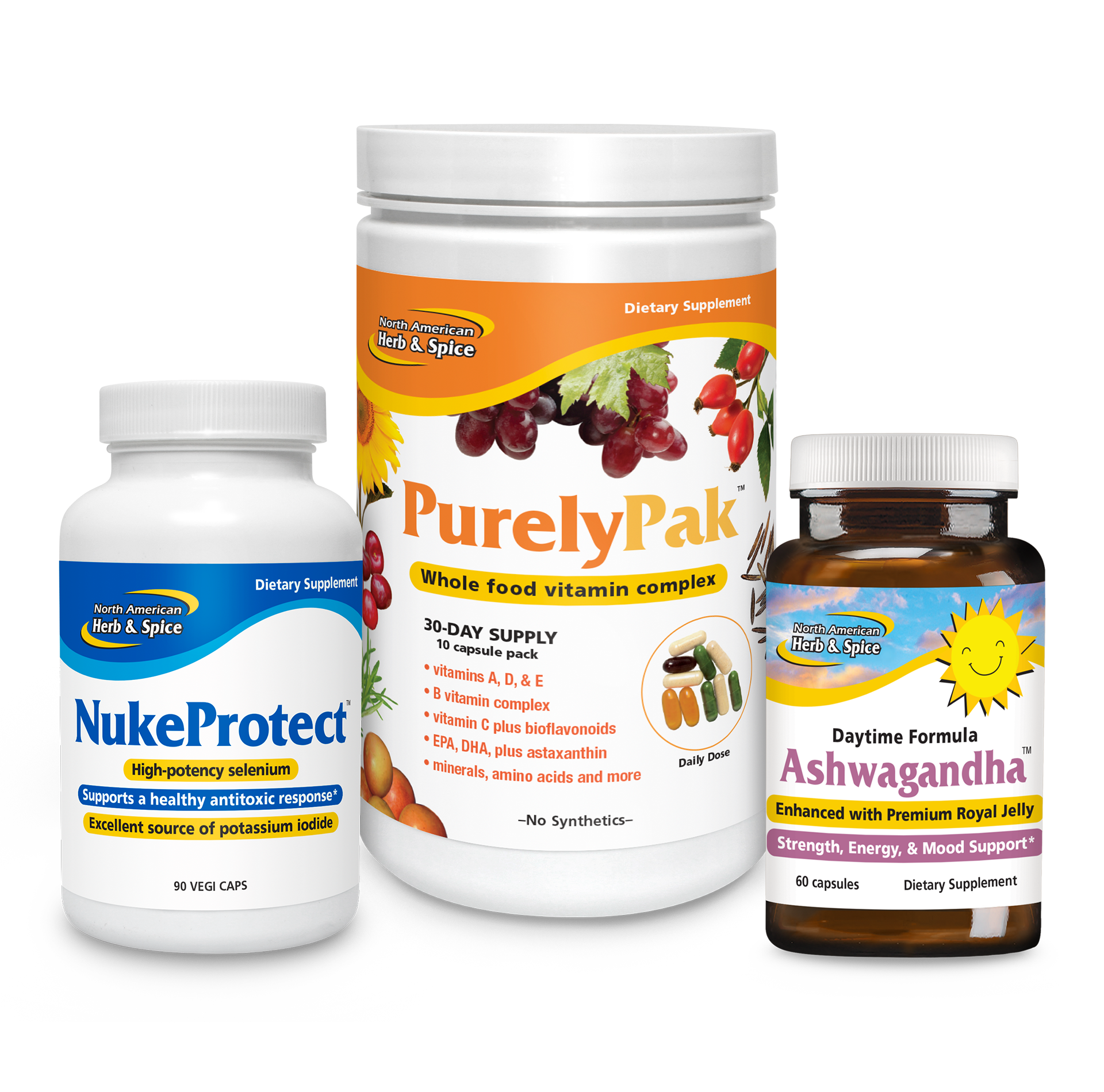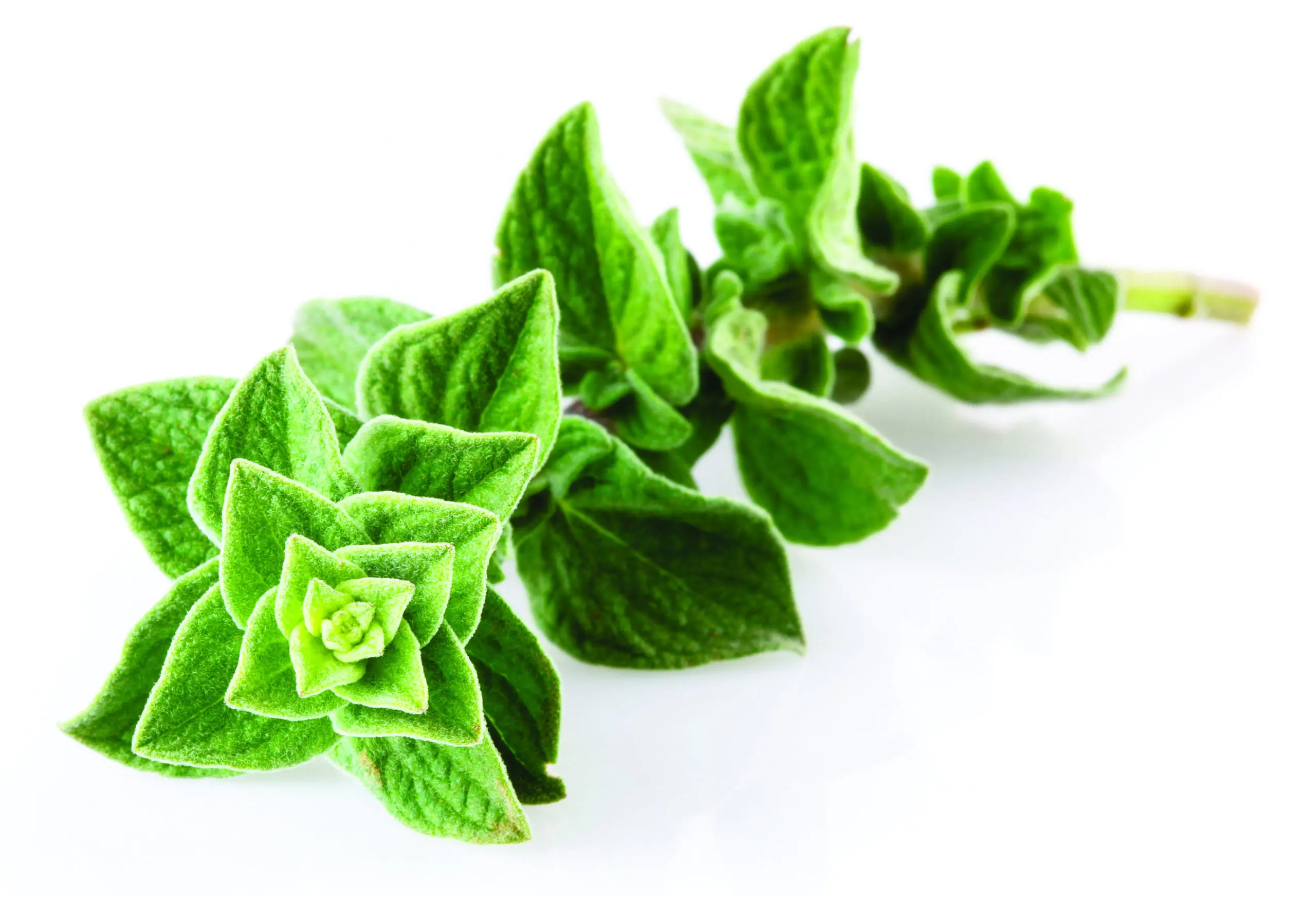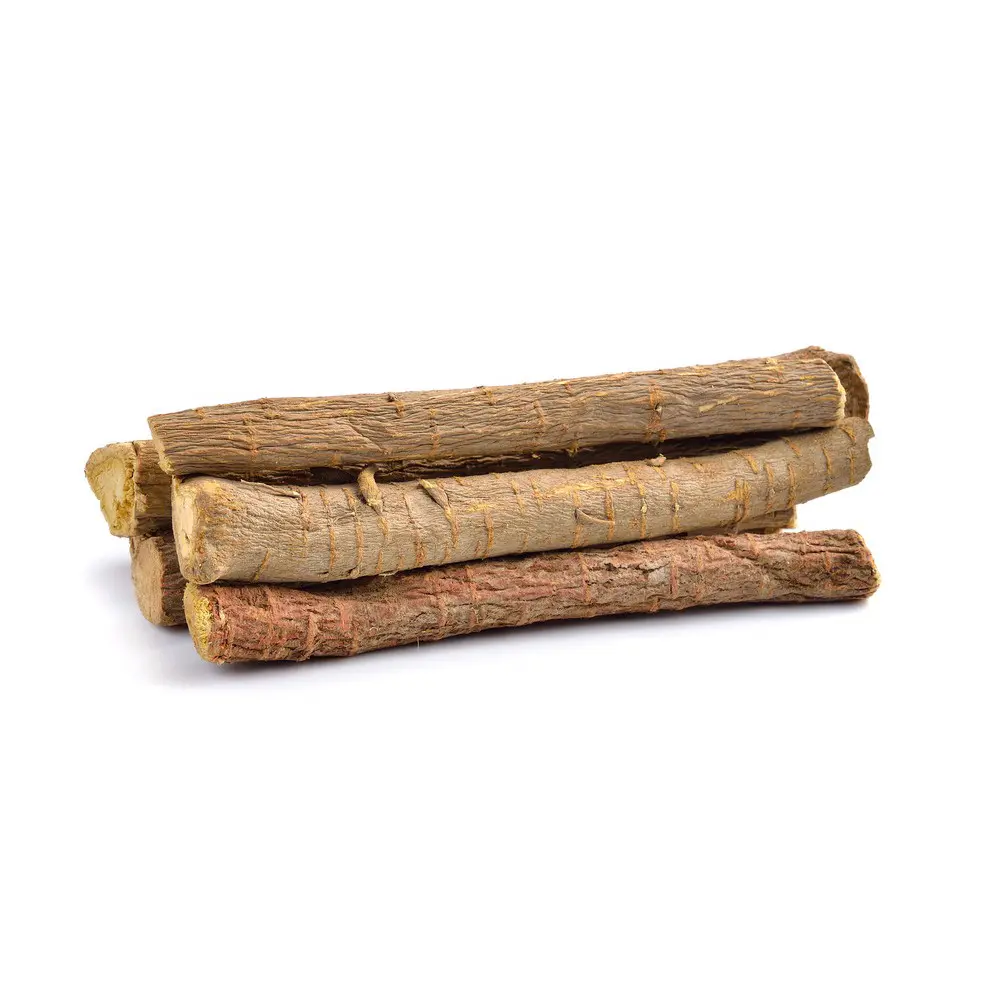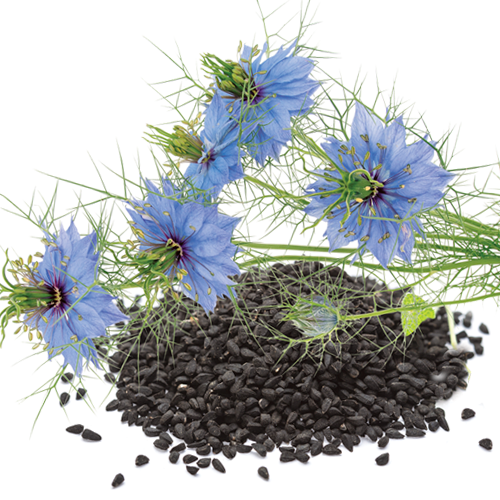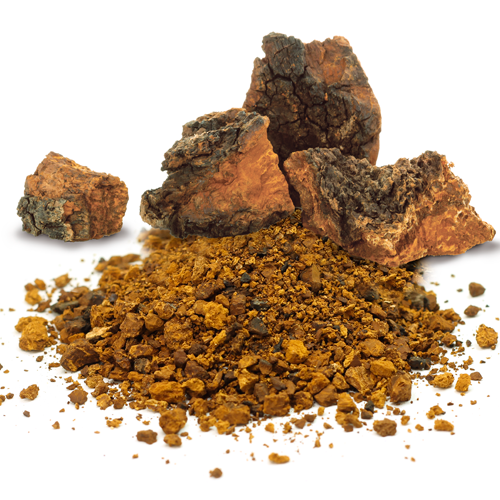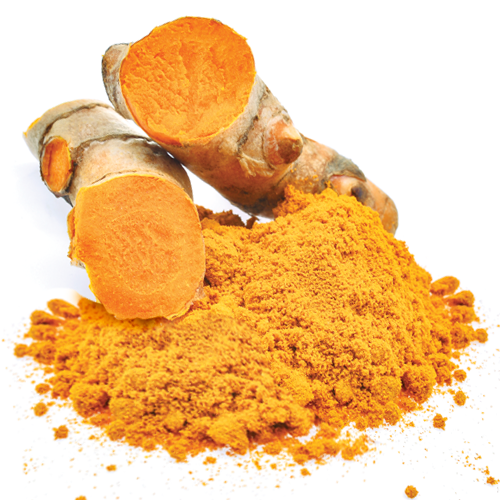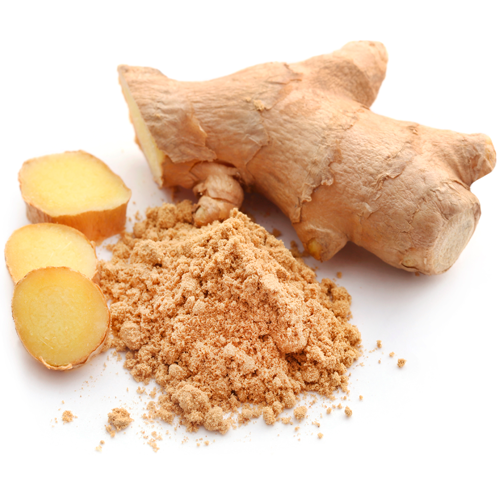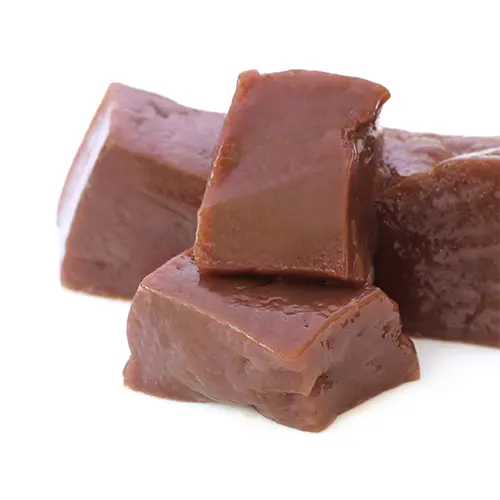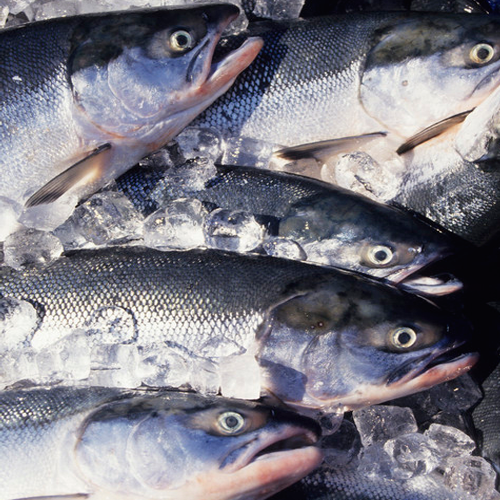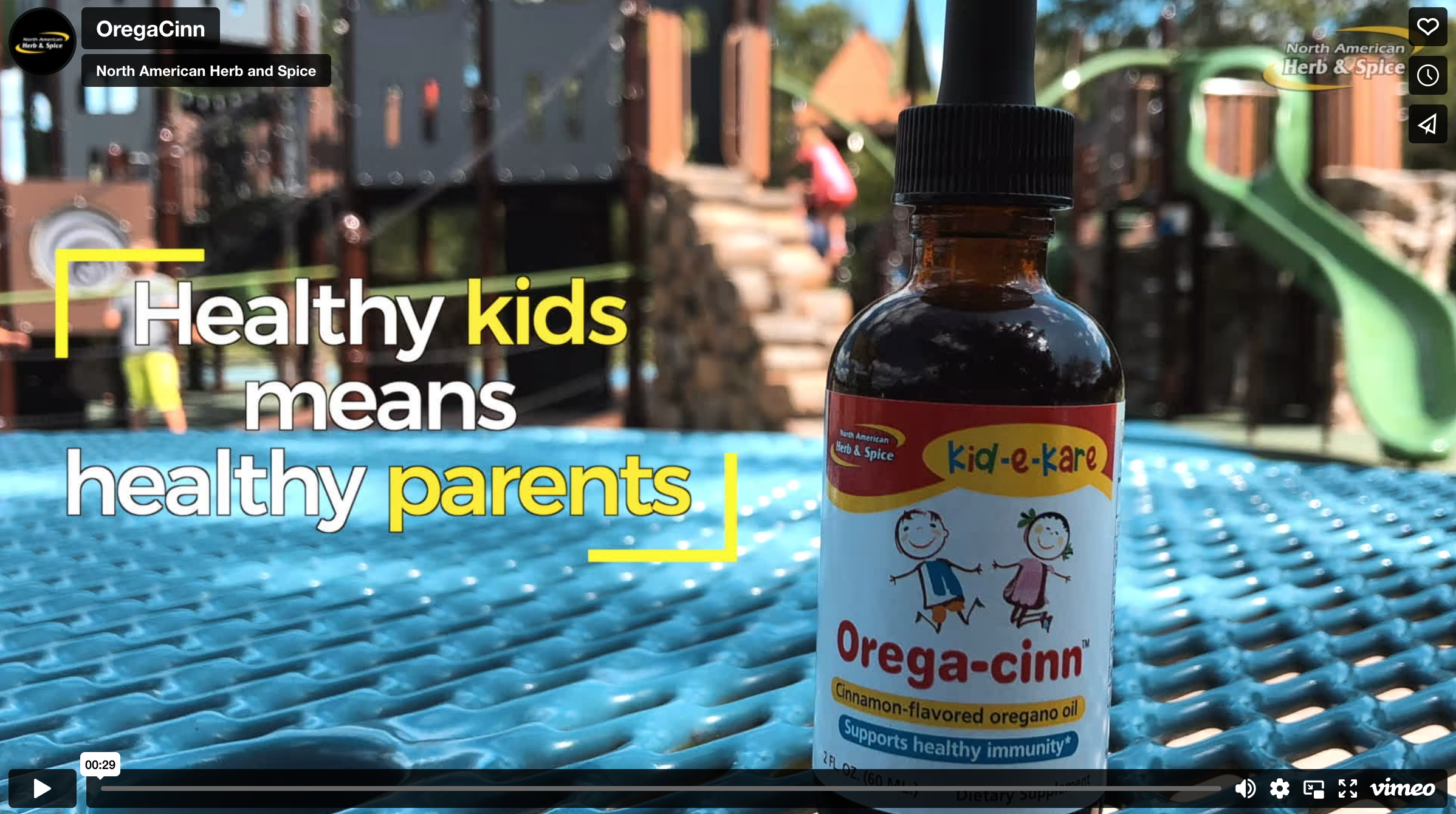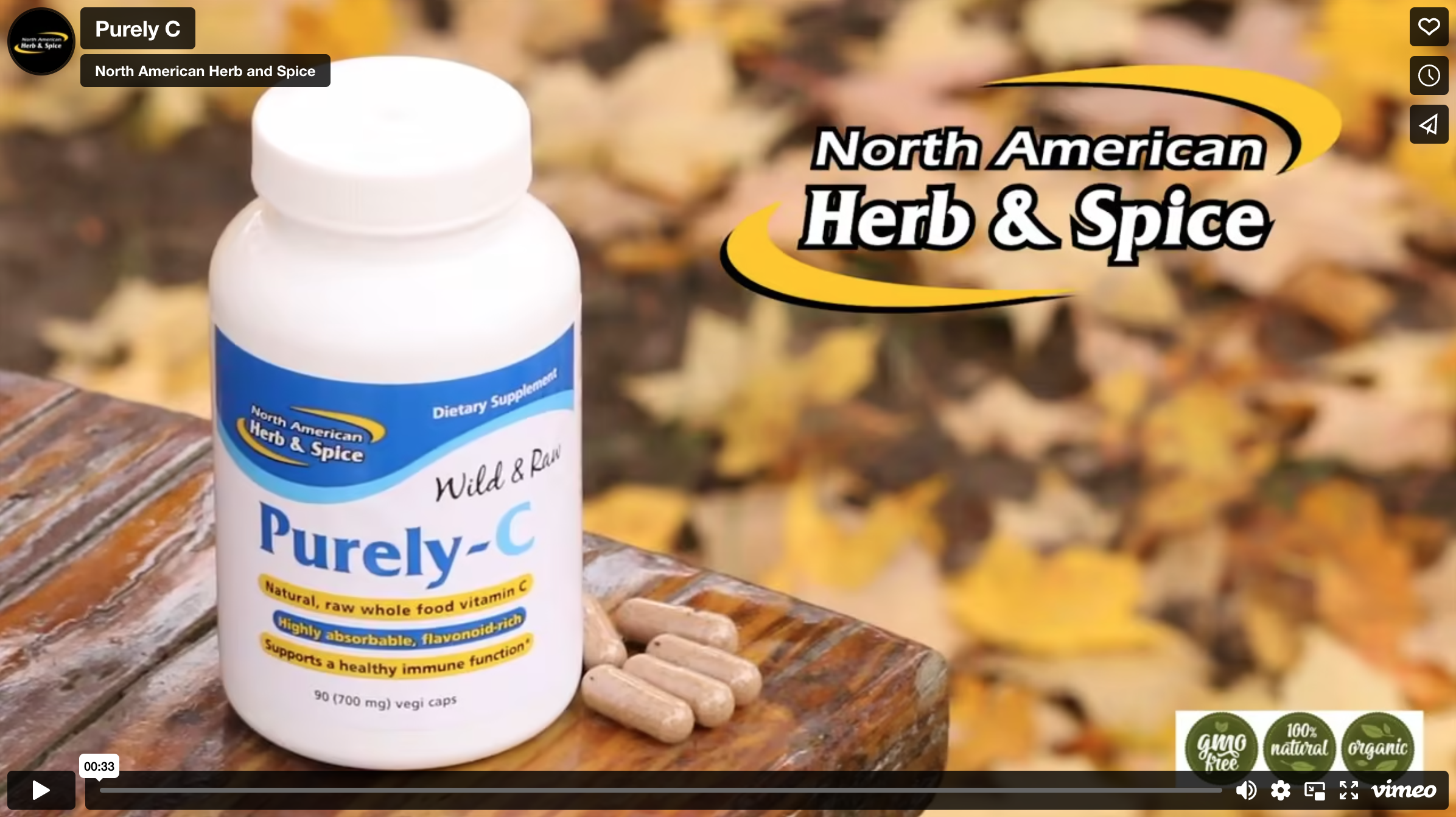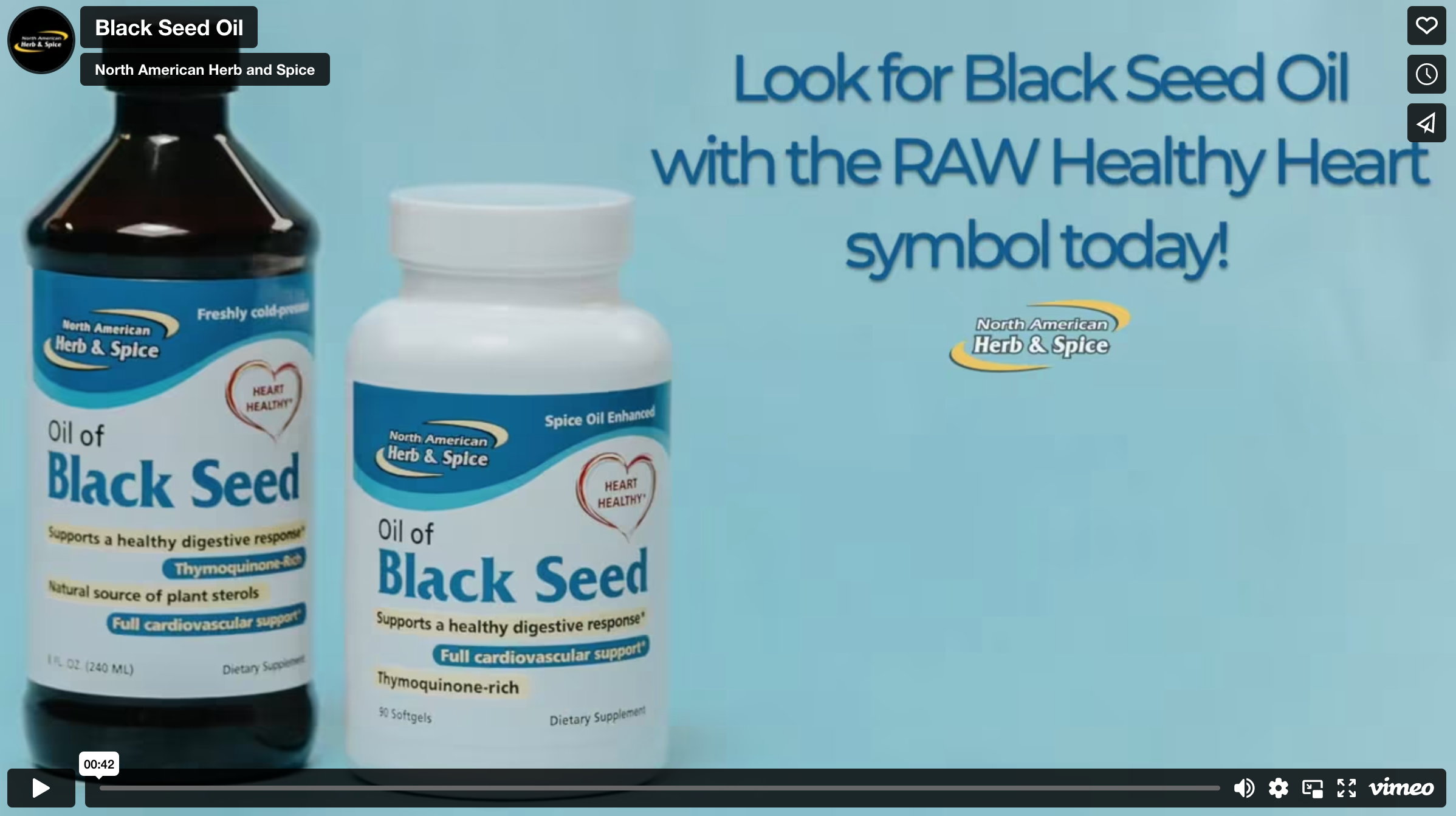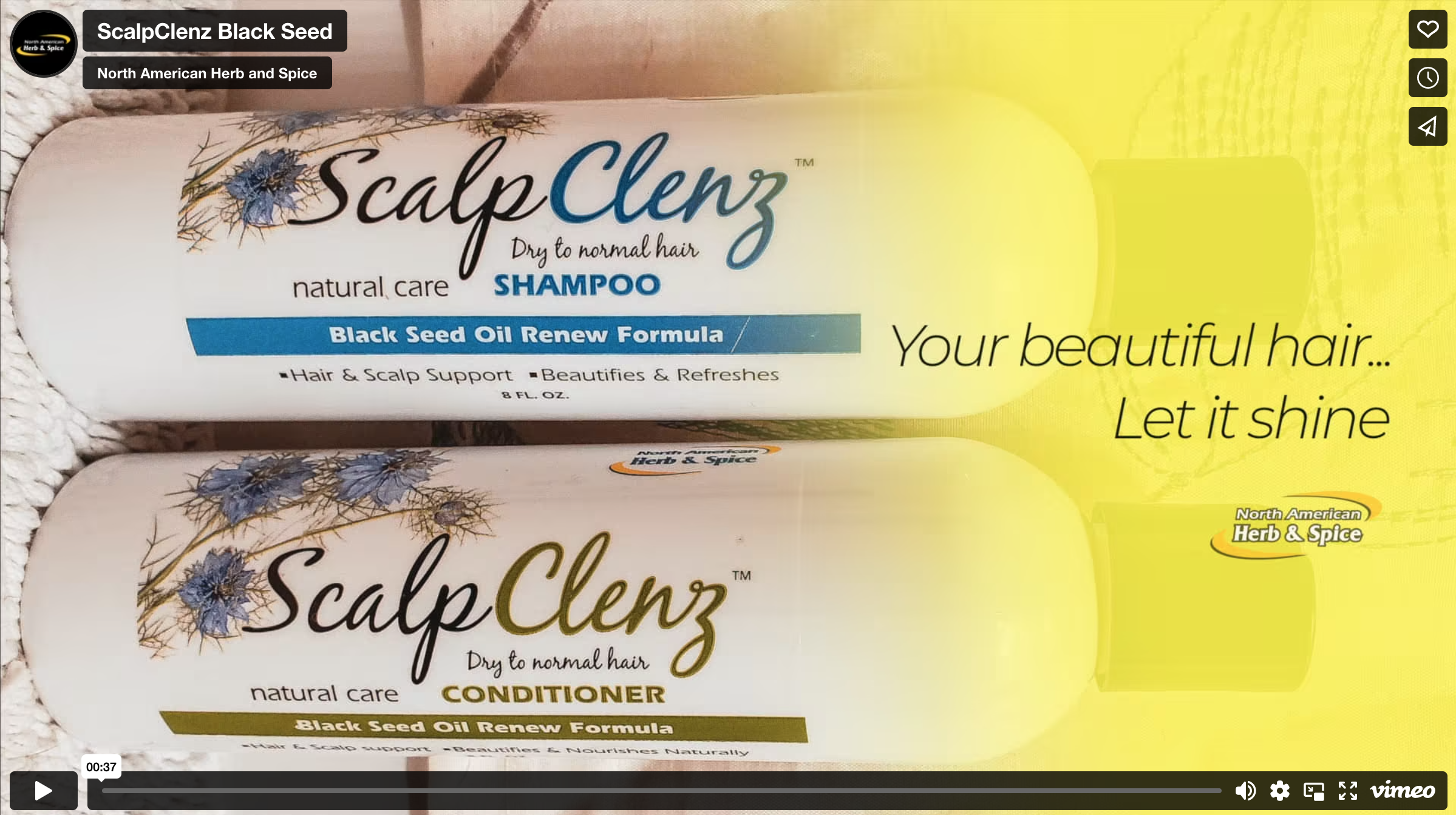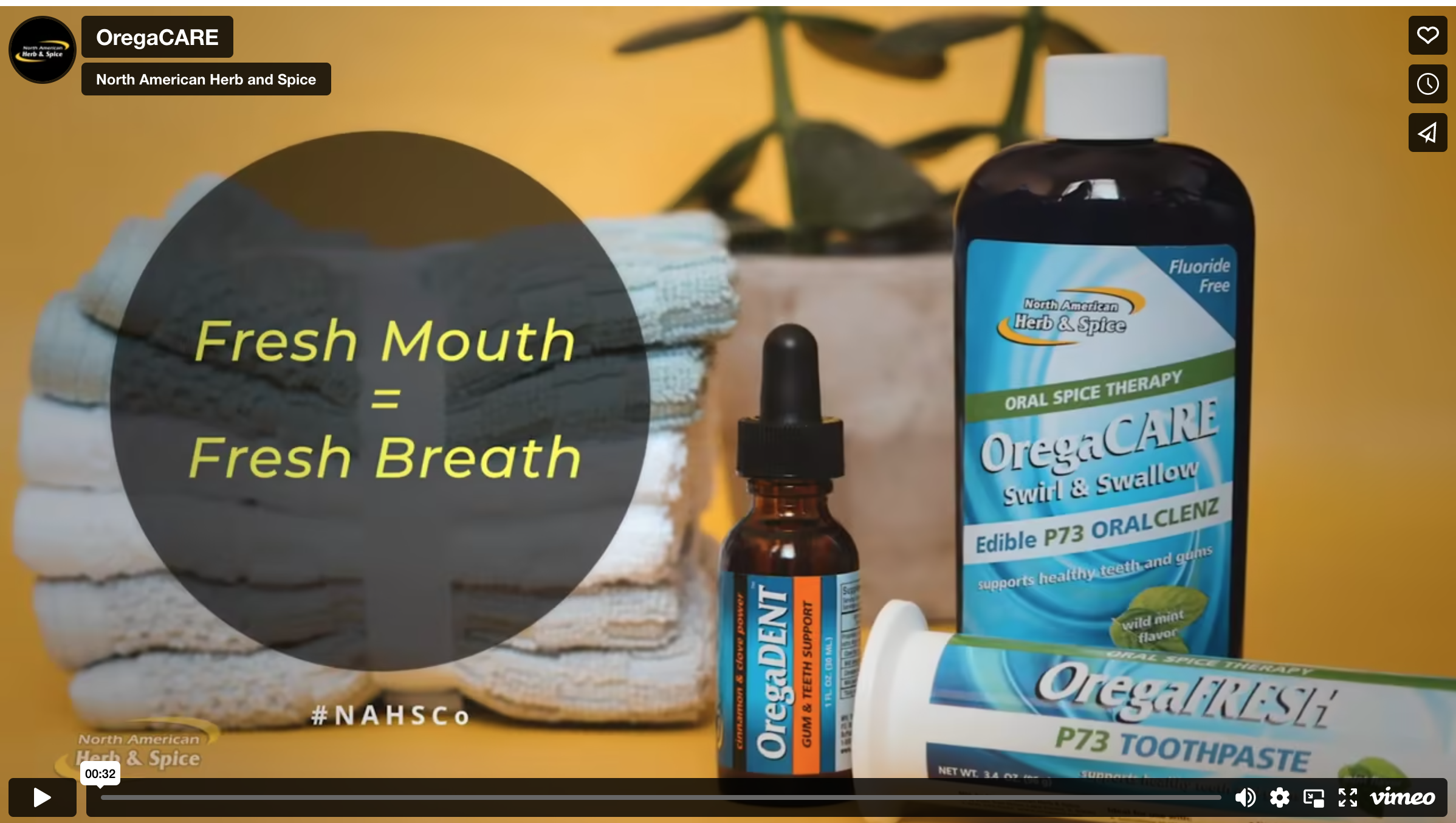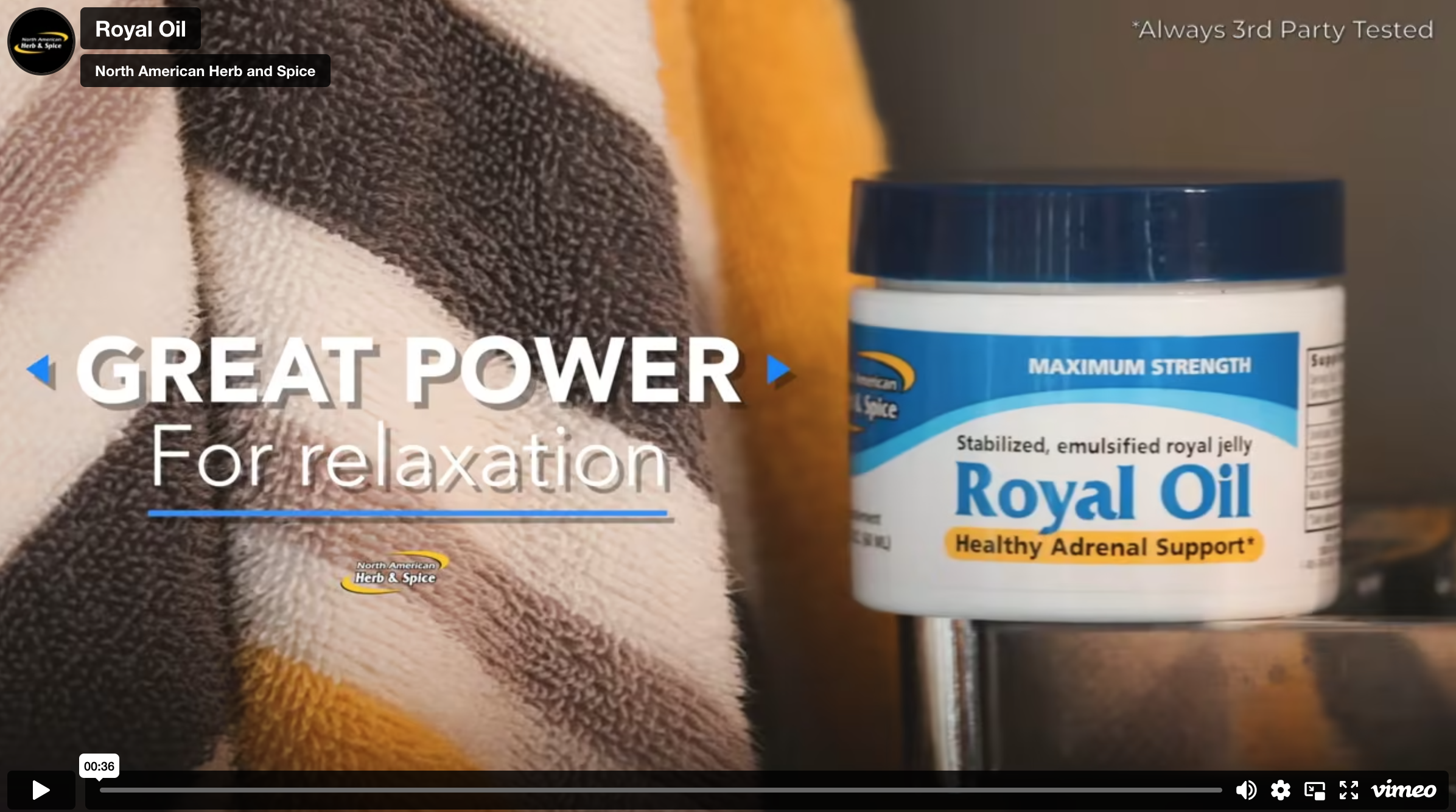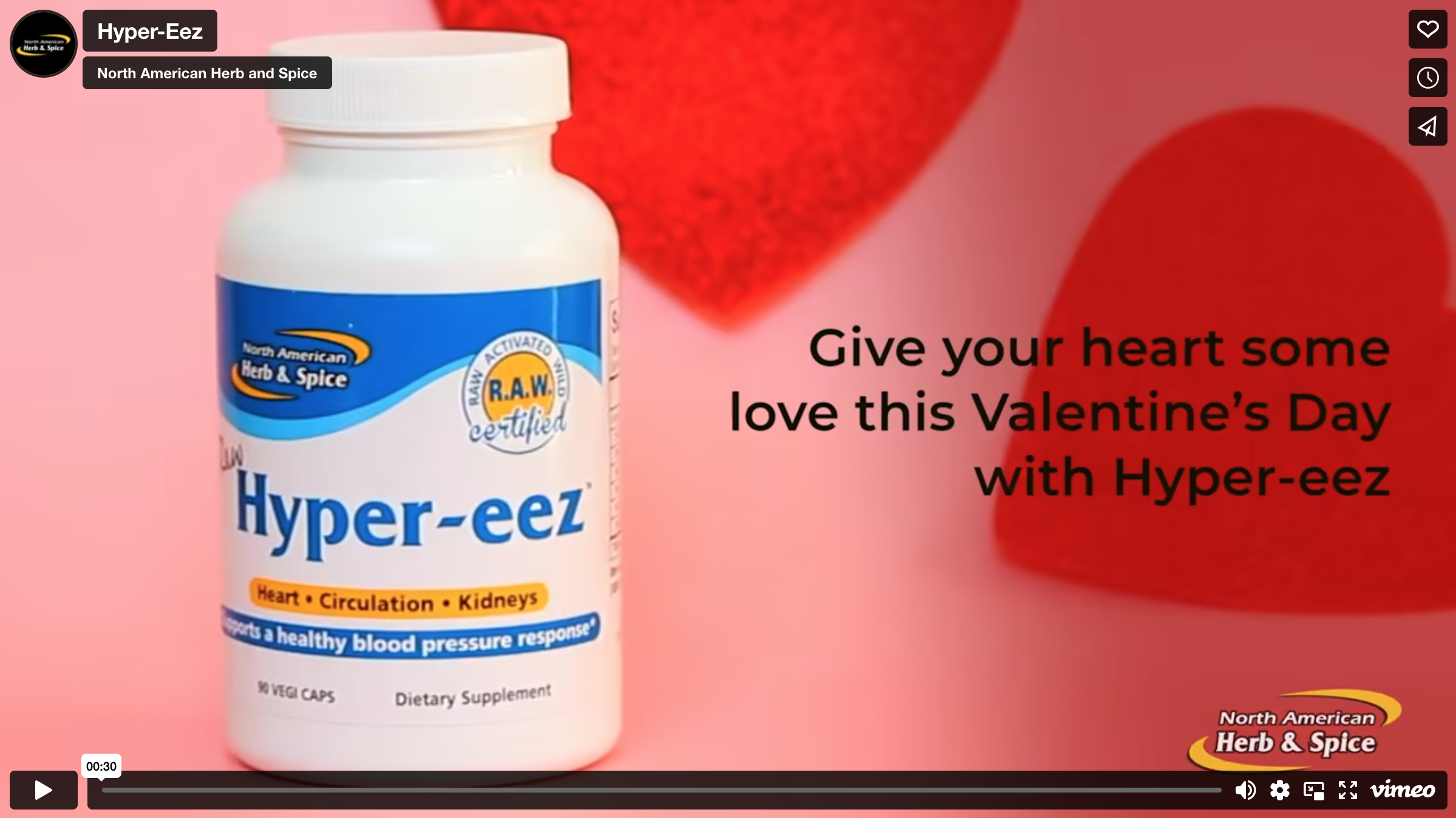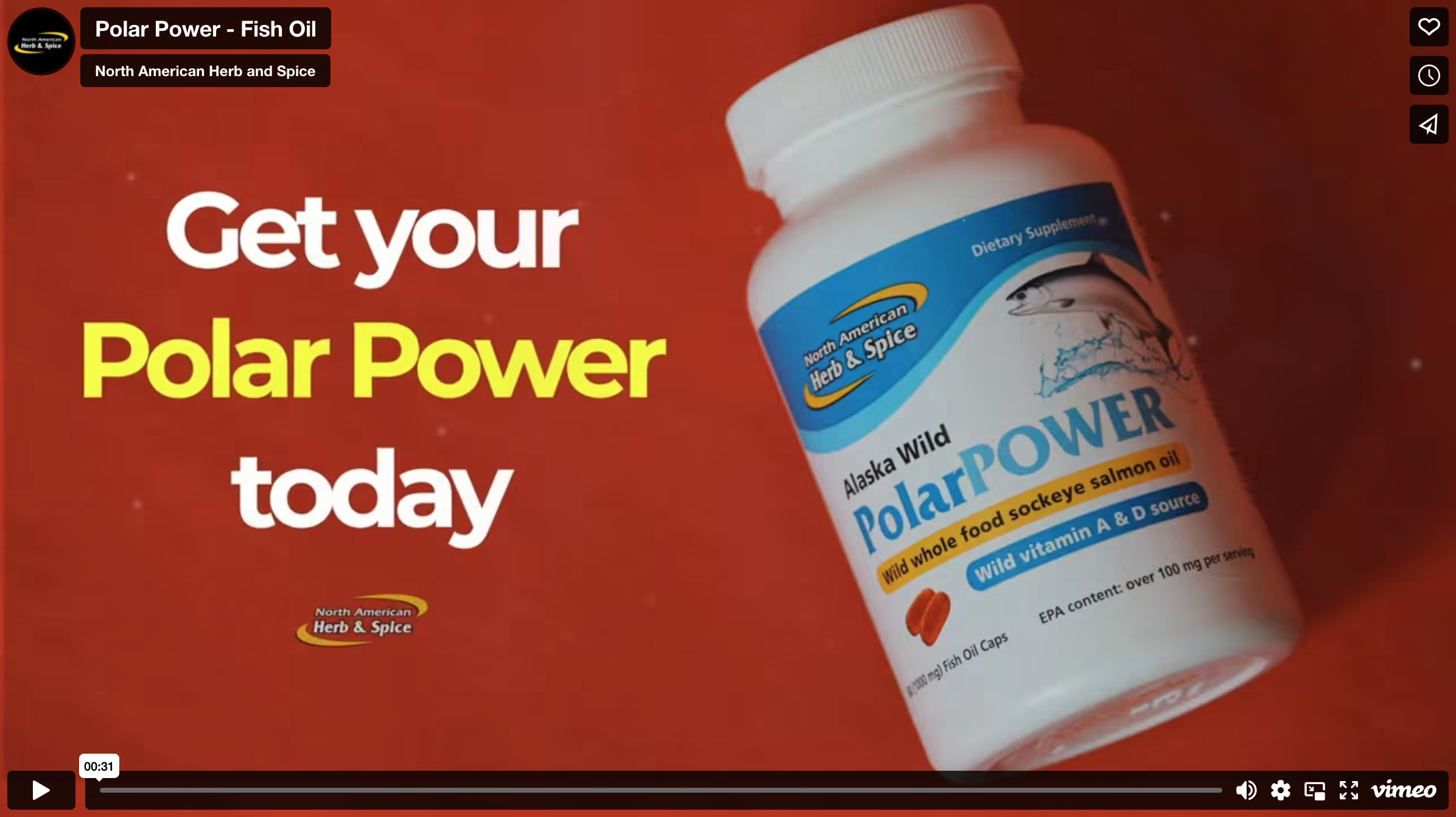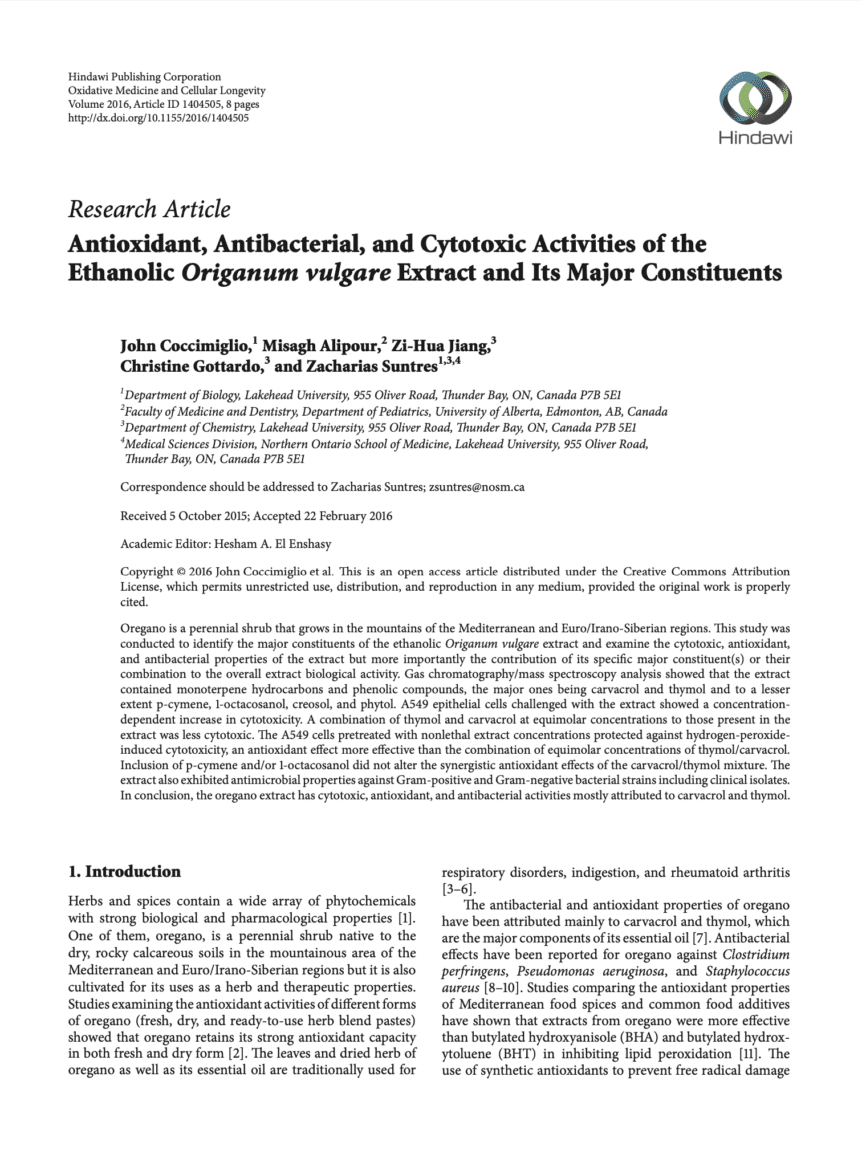
Antioxidant, Antibacterial, and Cytotoxic Activities of the Ethanolic Origanum vulgare Extract and Its Major Constituents
Oregano is a perennial shrub that grows in the mountains of the Mediterranean and Euro/Irano-Siberian regions. This study was conducted to identify the major constituents of the ethanolic Origanum vulgare extract and examine the cytotoxic, antioxidant, and antibacterial properties of the extract but more importantly the contribution of its specific major constituent(s) or their combination to the overall extract biological activity. Gas chromatography/mass spectroscopy analysis showed that the extract contained monoterpene hydrocarbons and phenolic compounds, the major ones being carvacrol and thymol and to a lesser extent p-cymene, 1-octacosanol, creosol, and phytol. A549 epithelial cells challenged with the extract showed a concentration-dependent increase in cytotoxicity. A combination of thymol and carvacrol at equimolar concentrations to those present in the extract was less cytotoxic. The A549 cells pretreated with nonlethal extract concentrations protected against hydrogen-peroxide-induced cytotoxicity, an antioxidant effect more effective than the combination of equimolar concentrations of thymol/carvacrol. Inclusion of p-cymene and/or 1-octacosanol did not alter the synergistic antioxidant effects of the carvacrol/thymol mixture. The extract also exhibited antimicrobial properties against Gram-positive and Gram-negative bacterial strains including clinical isolates. In conclusion, the oregano extract has cytotoxic, antioxidant, and antibacterial activities mostly attributed to carvacrol and thymol.
